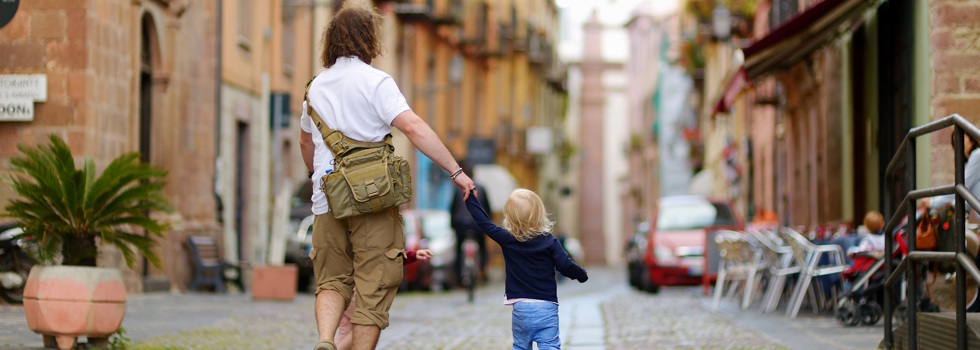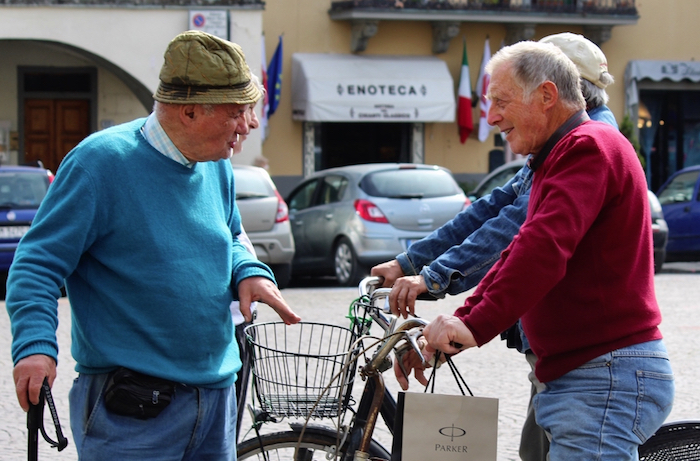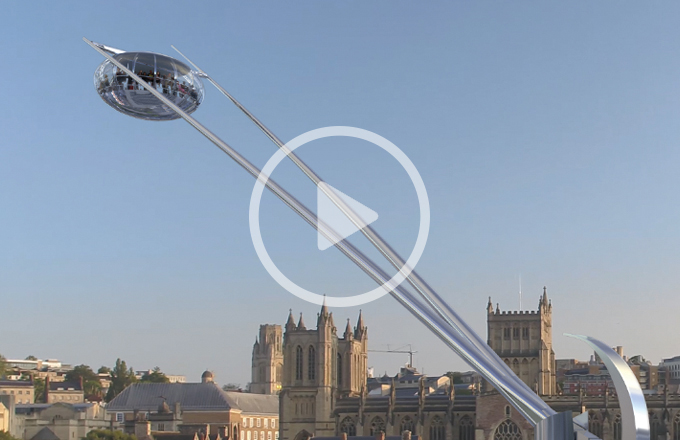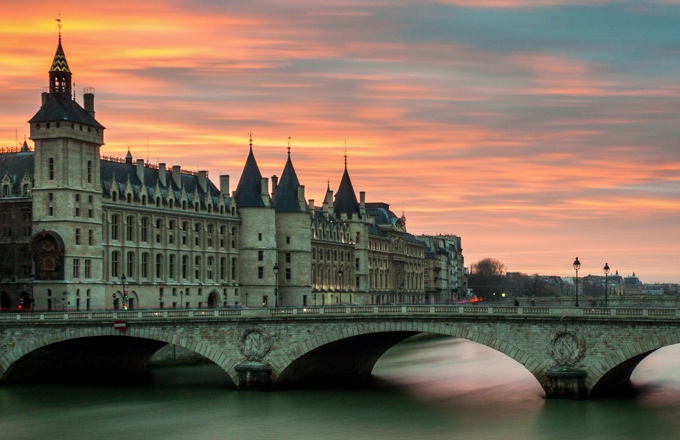‘In our childhood travels, my father used to say that to understand a place, you had to look beyond what the senses show you. He would tell us to stuff cotton in our nostrils, to cover our ears and to close our eyes. Only then, he would say, could we absorb the essence of the place’.
Tahir Shah
France. What’s the first image that comes to your mind? I’m willing to bet it’s a moodily-lit Eiffel Tower.
How about Italy? Easy – pilgrims in Rome, piling into St Peter’s Square. OK, try again ... the Czech Republic? That’ll be Prague’s gothic Charles Bridge.
 Visiting capital cities has become a bucket-list activity in itself – and we head for them with all the airmiles we can muster. Seen Berlin? You’ve seen Germany. Looking for a Danish fairytale? It’ll start and end in Copenhagen.
Visiting capital cities has become a bucket-list activity in itself – and we head for them with all the airmiles we can muster. Seen Berlin? You’ve seen Germany. Looking for a Danish fairytale? It’ll start and end in Copenhagen.
But what if you're seeking your own, really personal, travel story? You’ll need to hike a little further afield.
Get beyond the (capital) city limits
Capital cities (Latin capitalis ‘of the head') have, for many travellers, become shorthand for knowing an entire country. You could think of a capital city as a brochure shot for how a country wants to be seen – but quite far removed from how it ought to be seen.
So if you really want to say you’ve visited a country, you need to leave the big lily pad - and hop over to a smaller city with real-life – and personality!
Cherry-pick your adventure
Every nation has an official second city - Birmingham, Antwerp, Espoo, Kraków - and a group of regional capitals, sometimes called 'core' or metropolitan cities. The UK has ten, Italy fourteen, Germany, eleven. And each of these offer the traveller a springboard to diverse hinterlands way beyond the capital.
 Second cities possess much of the cultural and architectural appeal of a capital, but more local vernacular and charm. Take food. You may have sampled paella in Barcelona, but have you tried the salmorejo served in Andalusian bars? Or switched up your escargots for a rustic croque monsieur? Everyone associates cous cous with Morocco, but has a Tangerino offered you briouat or helwa to go with your mint tea?
Second cities possess much of the cultural and architectural appeal of a capital, but more local vernacular and charm. Take food. You may have sampled paella in Barcelona, but have you tried the salmorejo served in Andalusian bars? Or switched up your escargots for a rustic croque monsieur? Everyone associates cous cous with Morocco, but has a Tangerino offered you briouat or helwa to go with your mint tea?
Second cities are working cities, often less dressed-up for the tourist’s eye. As a wayfarer seeking your own story to tell, learn to look beyond a city's veneer like Tahir Shah, by feel.
Five reasons to take the road less-travelled
A visit to a second city has five distinct advantages:
1. Authenticity
What a cultural epicentre possesses in brash confidence, a smaller cities manifests as local pride. See the pride and you’ll see the people – Liverpudlians declare their Scouse Republic; a native of Córdoba won’t neglect to refer to his home city as Lo meho! – the best thing.
Regional cities provide a rich cast of characters with whom you can interact, exchanging stories of the past and discovering local legends. And there’s more chance they’ll give you the time for those fascinating – and genuine – interactions.
2. Time
Time, of course, is what you’ll feel you have lots more of. Second cities often have a central focal point, are easy to navigate on foot, and you can cover ground more quickly. But even if they’re large, the simple fact of there being fewer mainstream attractions means you can spend more time seeking out the secret quarters reserved for those in the know.
3. Language
Many regions are fiercely proud to possess a local dialect, undiluted by the mix of languages found in capital cities. This is superb if you are a linguist wanting to get accustomed to a particular regional accent!
When I arrived in Cádiz as a Guiritana (a female foreigner), I was excited to hear the Gaditano accent in shops, softening the hard ‘ch’ sound to ‘sh’, dropping s’s, as well as hearing the most bizarre terms of endearment. I knew that if I could ever master this peculiar musical accent, I would have no trouble getting around in other parts of Spain. I love Madrid, but I’m glad I didn’t pick it that time.
4. Heartbeat
History shapes the beliefs and ideologies of local people. Industries and trades mould the character of a place, events mark the landscape. Each of these leaves a palpable signature on the surroundings.
Binning your tourist timetable means you can get closer to the customs: the eerie quiet in the streets at siesta time, haggling at market stalls, the beguiling echoes of the Adhan, the chanting of the chirigotas at Carnival.
5. Uniqueness
By getting out of the most popular tourist destinations, you are able to create an experience that no-one else back home will lay claim to. You will have more to tell.
I was always slightly envious of a French student I met who would regale us with anecdotes of hitch-hiking around Morocco with no money in his pocket, being fed by local families and sleeping on strangers’ flat rooftops. It's hardly an EasyJet package experience ... but that trip gave him tales he’ll probably be telling his grandchildren.
And shouldn’t every trip away give us a good story?





 Kirsten Hawkins is a culture correspondent, linguist and part of Arc’s experience team. When not out exploring European cities she can be found glued to a laptop in a Baltic Triangle café, in her native Liverpool.
Kirsten Hawkins is a culture correspondent, linguist and part of Arc’s experience team. When not out exploring European cities she can be found glued to a laptop in a Baltic Triangle café, in her native Liverpool.





